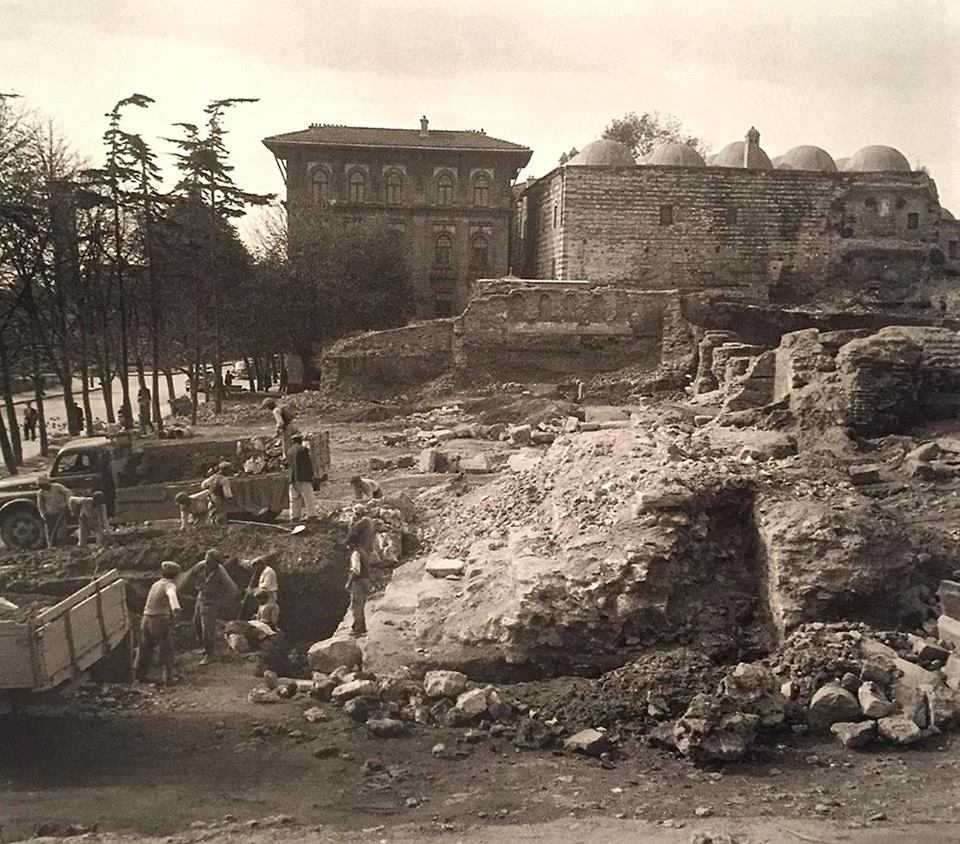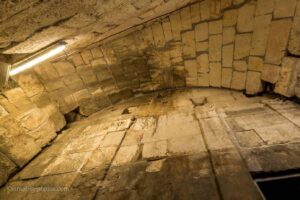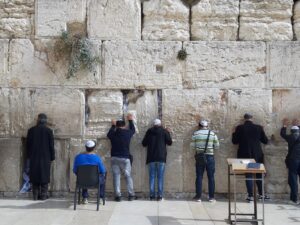Hippodrome: Historical Site in Istanbul
Nestled in the heart of Istanbul, the Hippodrome is a captivating historical site that offers a glimpse into the city’s rich past. Once the social and sporting hub of the Byzantine Empire, this ancient arena is now a vibrant public square known as Sultanahmet Square. Whether you’re a history enthusiast or simply looking to explore Istanbul’s cultural heritage, the Hippodrome is a must-visit destination.
What to See
The Hippodrome is home to several fascinating monuments that tell the story of its illustrious past. The most prominent of these is the Obelisk of Theodosius, an ancient Egyptian obelisk that was brought to Constantinople in the 4th century. Standing at 25 meters tall, it is adorned with intricate hieroglyphics and is remarkably well-preserved.
Another notable monument is the Serpent Column, originally from the Temple of Apollo at Delphi. This bronze column, which once featured three serpent heads, commemorates the Greek victory over the Persians at the Battle of Plataea. Although the heads are now missing, the column remains an impressive sight.
The Walled Obelisk, constructed in the 10th century, is another key feature of the Hippodrome. Unlike the Obelisk of Theodosius, this monument is made of stone and lacks decorative carvings, but it still holds historical significance.
A Bit of History
The Hippodrome was built in the early 3rd century AD by the Roman Emperor Septimius Severus and later expanded by Constantine the Great. It served as the center of Byzantine public life, hosting chariot races, political events, and social gatherings. The arena could accommodate up to 100,000 spectators, making it one of the largest of its kind in the ancient world.
During the Ottoman era, the Hippodrome continued to be a focal point of the city, although its function shifted from a sporting venue to a public square. The Ottomans added their own architectural touches, including the construction of the Sultan Ahmed Mosque (Blue Mosque) nearby, which further enhanced the area’s significance.
Interesting Facts and Visitor Tips
- The Hippodrome was the site of the infamous Nika Riots in 532 AD, a violent uprising that nearly toppled Emperor Justinian I. The riots resulted in the deaths of tens of thousands of people and significant damage to the city.
- The German Fountain, a gift from Kaiser Wilhelm II to Sultan Abdulhamid II, is another notable feature of the square. This ornate gazebo-like structure, completed in 1900, is a symbol of the friendship between Germany and the Ottoman Empire.
- For first-time visitors, it’s worth noting that the Hippodrome is located in the Sultanahmet district, which is home to several other major attractions, including the Hagia Sophia and Topkapi Palace. It’s a good idea to allocate a full day to explore the area.
- The Hippodrome is easily accessible by public transportation. The Sultanahmet tram stop is just a short walk away, making it convenient for tourists staying in other parts of the city.
- While the Hippodrome itself is free to visit, guided tours are available for those interested in a more in-depth exploration of the site’s history and significance.
Whether you’re drawn by its historical allure or its central location, the Hippodrome offers a unique window into Istanbul’s past and present. Its blend of ancient monuments and vibrant public life makes it a fascinating destination for travelers of all interests.








